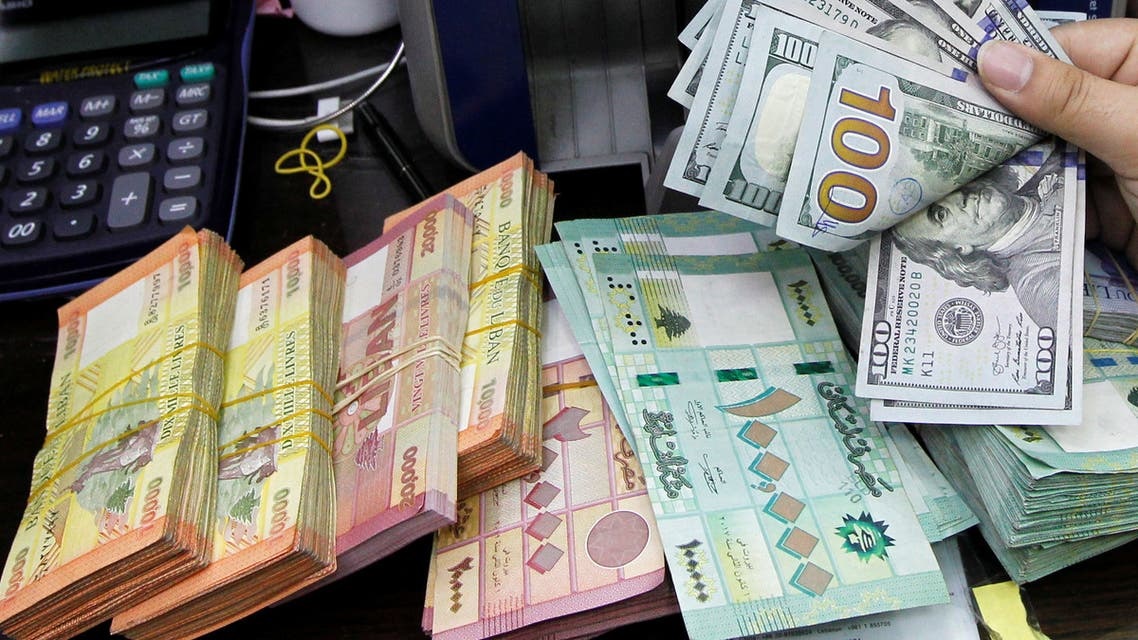The Lebanese government approved on Thursday Bloomberg as an alternative monetary platform for “Sayrafa” which was adopted in May 2021.
The central bank had announced it would adopt a new currency exchange platform following concerns about Sayrafa’s lack of transparency and governance.
In details, the central bank used to administer Sayrafa platform in order to stabilize the lira exchange rate by selling the US dollar at a certain rate lower than that which exists on the black market.
Tradesmen, business owners, and public employees mostly benefited from Sayrafa. However, the result was that the central bank lost much of its funds, which, in turn, led to higher inflation rates.
Around 18 months of ebbs and flows controlling the monetary scene in Lebanon before the competent authorities decided to resort to Bloomberg platform, which is said to be more transparent.
This transparency means that any dealer has to submit the required documents which verify the source of his dollars he plans to sell or the destination of the dollars he intends to purchase at an exchange rate identified by the market without the intervention of the central bank.
It is worth noting that the central bank would just monitor the platform with a slight intervention in identifying the exchange rate.
However, what are the economic and monetary factors that guarantee the continuation of the exchange rate stability?
The hard experience of Sayrafa indicated that the exchange rate of the Lebanese lira can never be controlled by a platform even if it is backed by the central bank intervention.
Thus, the provided economic considerations are vague and do not indicate any progress regarding the inflation crisis plaguing the nation since late 2019.
The economic collapse deteriorated by the political deadlock foretells the exacerbation of the inflation crisis amid the shrinking public services.
Source: Al-Manar English Website




